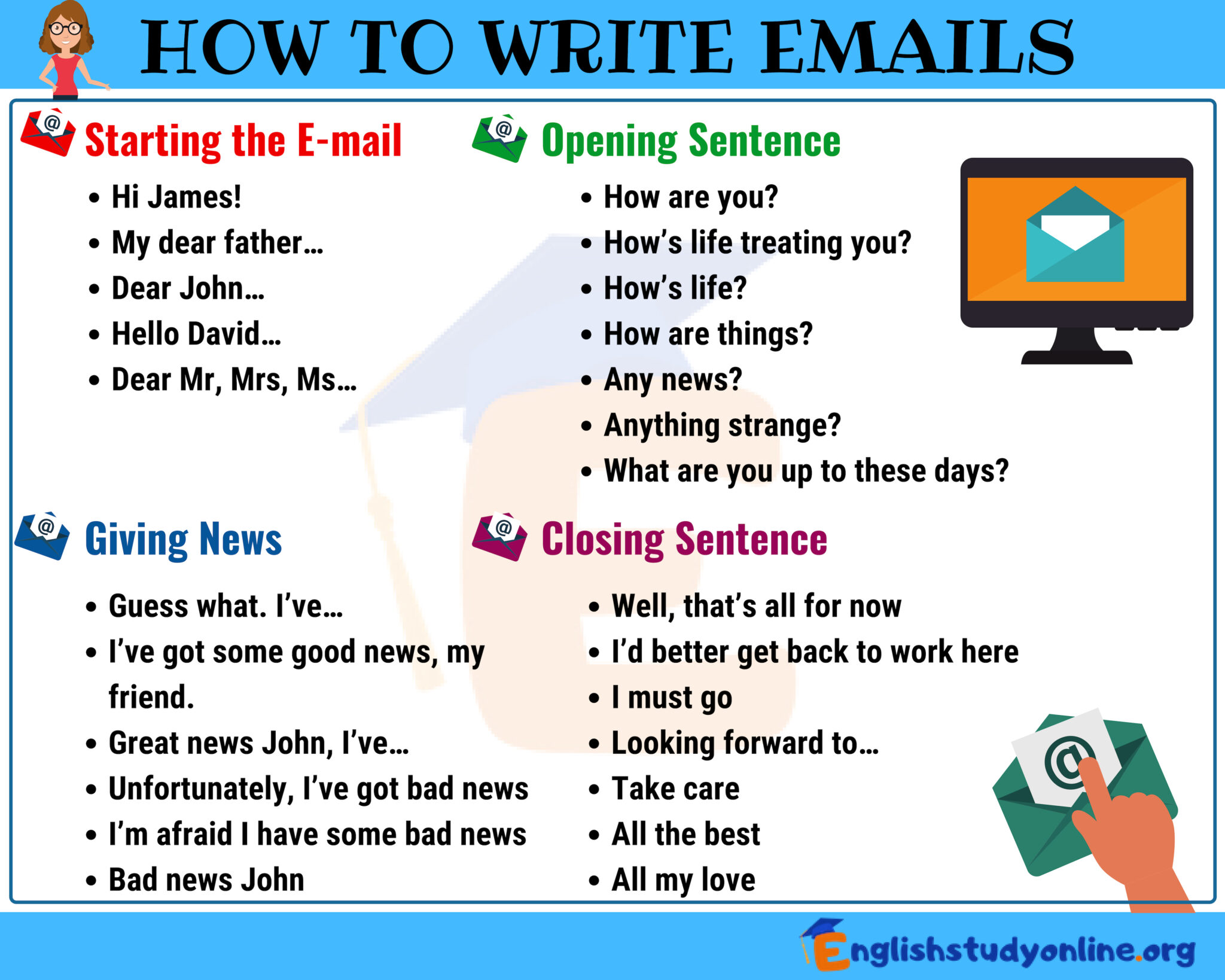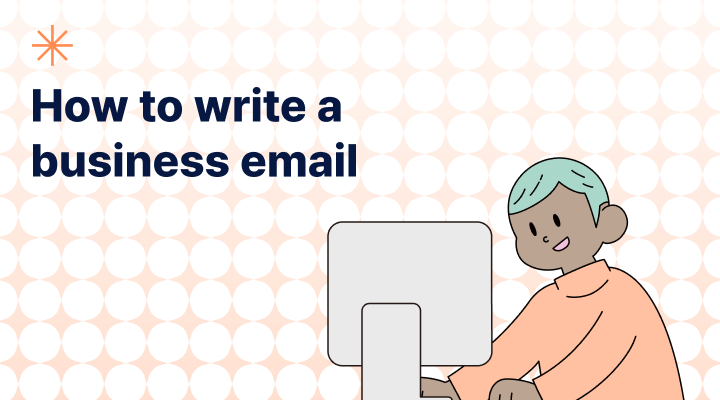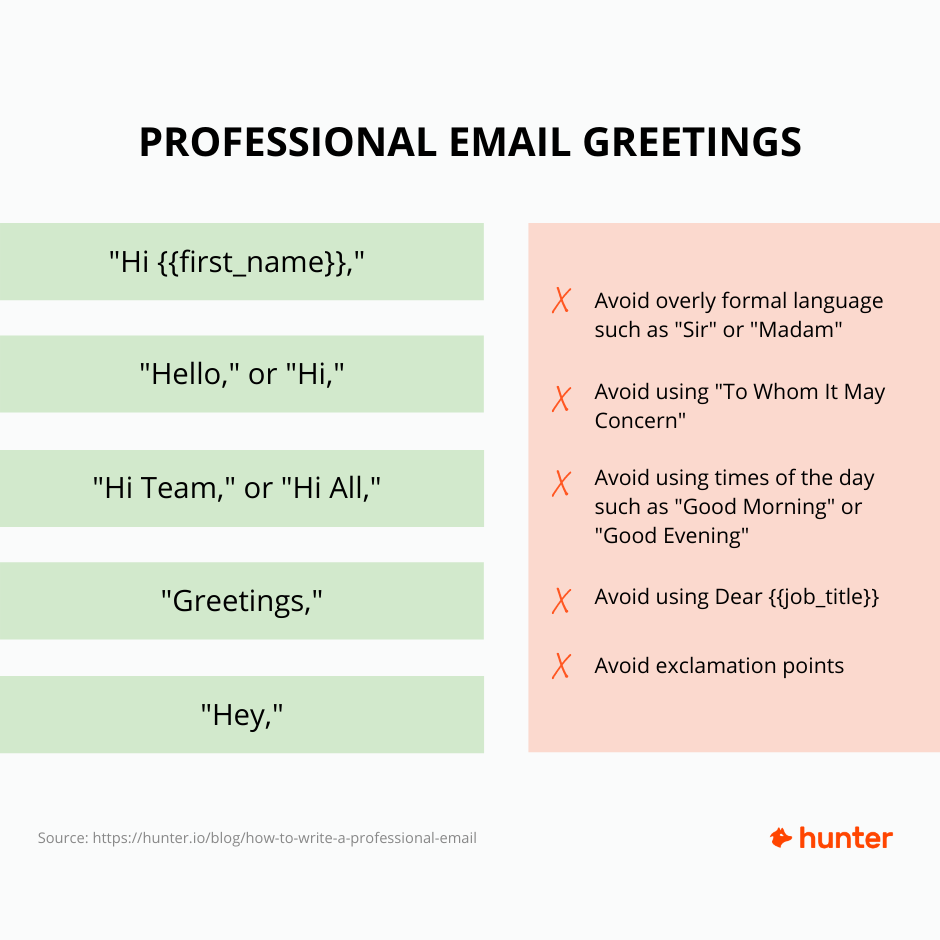Writing business emails is a skill that every working adult needs. However, many people may not know the correct way to write business emails.
If you write a business email incorrectly, it will be extremely rude to your customers. This often has a negative impact on subsequent relationships with customers, so it is important to acquire the correct knowledge.
This time, I will explain how to write business emails, including points to keep in mind before sending and in different situations.
How to write business emails correctly
There are five things to keep in mind when writing business emails correctly.

Make the subject line clear at a glance
For busy business people, the subject line of business emails is very important. If you can understand the content of the email just by looking at the subject line, it will be easier to understand the content of the email. You can also determine the importance of the message by looking at the subject line, and instantly prioritize the response to the email.
On the other hand, if the subject line is too long or does not contain enough information, it will put an unnecessary burden on the recipient of the business email. If you make someone uncomfortable with your business email, it could have a negative impact on your future relationship.
Even in
email newsletters
, the quality of the subject line affects various factors such as open rate, click rate, CVR, etc., so you should be conscious of how easy the subject line is to understand.
Making the subject line clear at a glance is the bare minimum of etiquette in business emails.
Related materials:

Write the addressee at the beginning of the text
In business emails, write the addressee at the beginning of the body of the email. As a basic rule of business email, if the email is for someone outside the company, write the address in the following order: “company name,” “department name,” “title (if an executive),” and “name.” It is also important to break lines at appropriate points, rather than writing in a single horizontal line.
If you are emailing someone within your company, you do not need the company name or department name. When it comes to names, it is common sense for people outside the company to use the name “Mr. ○○,” but for people within the company, it is “Mr. ○○” or “Director ○○.”
Although the content may differ depending on whether you are sending an email to someone outside the company or someone inside the company, it is common sense to write the addressee at the beginning of the body of the email in business emails. Let’s remember this.

opening greeting
The first greeting in a business email uses a basic fixed phrase. For people outside the company,
“Thank you for your continued support. This is △△ (my name) from ○○ (name of my company).”
Write a greeting. On the other hand, for people within the company,
“Thank you for your hard work. This is △△ (your name).”
This is the greeting.
Keep in mind that your greeting will differ depending on whether you are sending a business email to someone outside your company or someone inside your company.

Write clear and concise sentences
In the body of a business email, it is important to convey the purpose in an easy-to-understand manner using concise sentences. Begin by briefly explaining what your email is about, then write more details.
In business emails, it is important to convey the conclusion at the beginning. If the email is asking for business negotiations or a contract, you can include it in the subject line or write it at the beginning of the body of the email to give the recipient an idea of what you want to convey at the beginning of the email.
Also, be sure to keep the text concise and avoid including too much unnecessary content. If you try to explain in detail and the text becomes long, it will be difficult for the reader to read and make them feel uncomfortable.
When writing business emails, focus on conveying your business to the recipient in an easy-to-understand manner using concise sentences.

Don’t forget your closing greeting and signature.
Don’t forget to include a closing greeting and signature at the end of your business emails.
A closing greeting is a sentence such as “Thank you for your continued support” or “Thank you for your continued support.” It can be rude if the closing greeting is left out, so be sure to write it at the end of your business email.
The signature is a summary of your company name, department name, name, and contact information. Basically, all email software has a feature that automatically adds signatures to emails, so be sure to use it. Eliminate the risk of missing a signature in your business emails by simply setting up your signature first.
Be sure to include a customary greeting and signature at the end of your business emails.

Points to note before sending email
Once you have created a business email, you can avoid being rude to the recipient by checking the text before sending it. Although it is a tedious task, it is important to check the text you have written and make sure there are no mistakes in the content or address.

Carefully check that there are no errors in the text.
When sending business emails, it is important to check the content for any flaws or incorrect wording before sending. This is because once you check the text, you often find mistakes in phrasing and typos.
Mistakes in the content of business emails can have a major impact on your relationship with the recipient of subsequent emails. If there are mistakes or typos in the text of an email, it will make the recipient of the email feel suspicious and wonder, “Why don’t you even check the important email you send to someone?”
In Gmail, you can cancel sending for up to 30 seconds in the settings, but once a business email is sent, it cannot be canceled, and if it is sent by mistake, it cannot be corrected. Before sending it to the recipient, be sure to check the content and wording carefully to make sure there are no errors.
Check if the content is okay to send to the other person
Make sure that the body of the email you are about to send and the attachments do not contain any content or materials that should not be sent to the recipient. Be especially careful when sending business emails to people outside your company.
A company has information that can only be shared within the company or department. If content or materials containing information that should not be shared with people outside the company are sent as they are written in business emails, the company may suffer damage or lose the trust of other customers.
Before sending an email, it is important to carefully check that the content of the email does not contain any information that should not be sent to the recipient.
Please check that the address is correct.
When sending business emails, don’t forget to check that the email address is correct. It is especially important to check whether the “To”, “Cc”, and “Bcc” destinations are correct.
Be sure to know the difference between “To”, “Cc”, and “Bcc” in business emails. “To” specifies the person you want to read the email you send, and is the most frequently used address.
“Cc” and “Bcc” are used to specify the person you want to read the email for reference. “Cc” and “Bcc” often include you or the other person’s boss or subordinate. You need to make sure you haven’t entered the wrong person.
Please note that other email recipients will also be able to see that the person specified as “Cc” has received the email. On the other hand, those designated as “Bcc” do not let other recipients know that they have received the email.
If you put the wrong person in “To”, “Cc”, or “Bcc”, the person you want to see your email may not be able to see it, or your email may be seen by someone who should not see it. It will be.

Points to note when using business emails such as replies and thank yous
We have put together a list of things to keep in mind when sending business emails when replying, thanking someone, or apologizing.
business email reply
When replying to business emails, it is important to check the content of the other person’s email and respond by touching on the content.
For example, consider the case where you receive an email from someone you have had a business meeting with, thanking them for the business meeting. In this case, by expressing your gratitude for the business meeting, you can respond by touching on the content of the other person’s email.
On the other hand, if you try to unilaterally convey only what you want to convey in your reply without touching on the content of the other person’s e-mail at all, it will make the other person feel uneasy, saying, “I don’t know if what I said in the e-mail was conveyed.” You will have to hold it.
When replying to business emails, try to mention the content of the other person’s email.
thank you business email
In your business thank you email, start by briefly stating what you are thanking the person for. Be sure to express your gratitude to the recipient by writing a thank you note in the subject line or at the beginning of the body of the message.
Also, by expressing your gratitude as soon as possible, you can leave a good impression on the other person. Be sure to send thank you emails for meetings as soon as the meeting is over.
apology business email
If you apologize in a business email, be sure to state your apology in the subject line, and also state your apology at the beginning and end of the body of the email.
The basics of business emails are to be concise and easy to understand, and the same applies to apologies. It is important to make it clear at a glance what you are apologizing for in the subject line of your email. Regarding the body of the apology, first write a concise explanation of what you are apologizing for.
Also, it is difficult to convey the feeling of apology in writing. To make it easier to convey your feelings to the other person, write an apology at both the beginning and end of the email. By apologizing at both the beginning and the end, you can make the other person feel that you are truly sorry.

What is email marketing?
As business email becomes more important, email marketing is becoming more and more used. Email marketing is a
marketing
method that aims to increase the customer’s desire to purchase by changing the text of the email depending on the customer’s attributes and past actions.
Purpose of email marketing
Email marketing aims to encourage customers to purchase products or services by sending them emails with useful information.
By changing the text of your emails to suit the situation of your customers, you can approach them in a timely manner. You can use email to motivate your customers in a way that ultimately increases their desire to purchase your product or service.
The demand for email marketing is increasing because business emails are widely used these days.
The web marketing tool ”
” provided by our company is
an MA (marketing automation)
that allows you to send emails to your own customer list at a low cost.
This is a recommended tool for those who want to start distributing
email newsletters
to customers, or those who are hesitant due to the high cost of implementing MA.
We also accept free trials, so please take a look at the overview first.
summary
In this article, we have summarized the correct way to write business emails and things to keep in mind. If you write a business email incorrectly, you can be rude to the other person and have a negative impact on future relationships.
It is very important to learn how to write business emails correctly and to carefully check them before sending.

